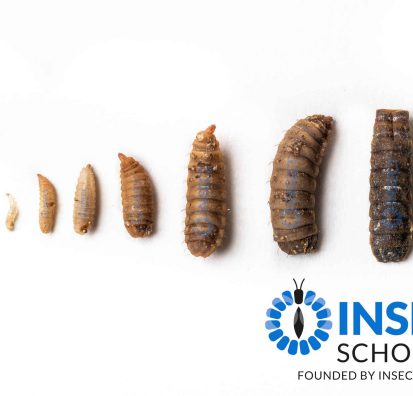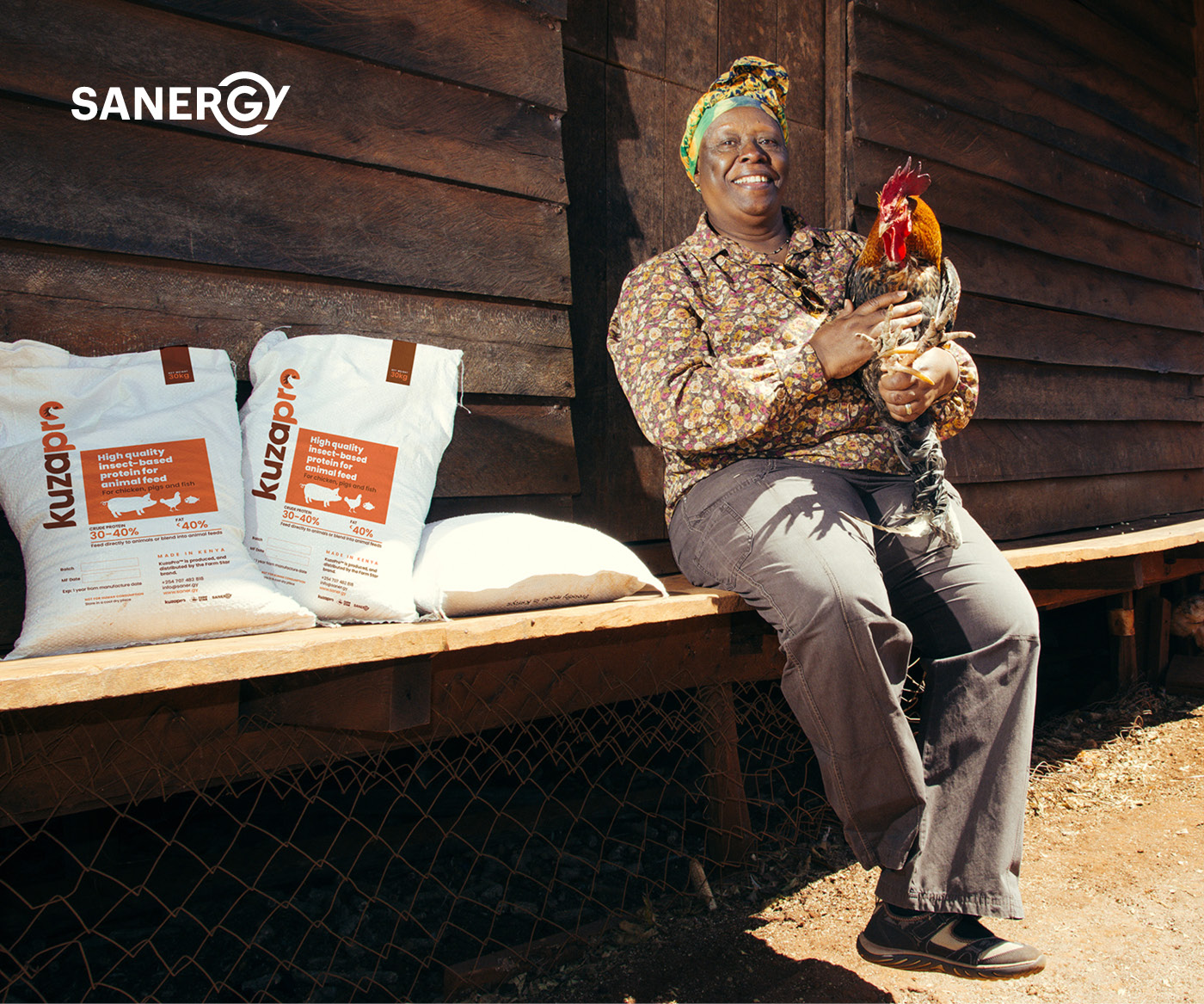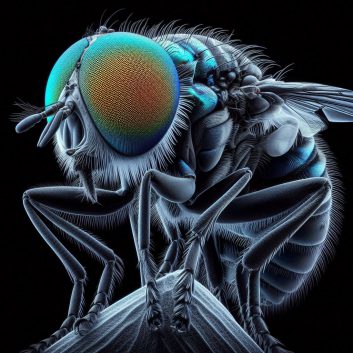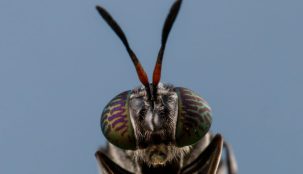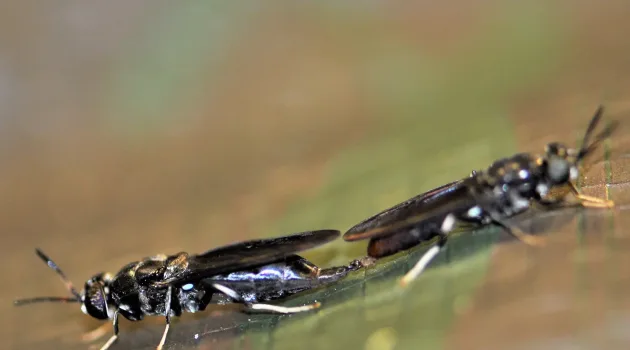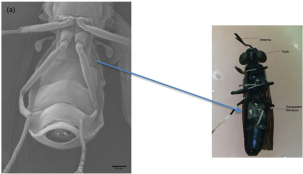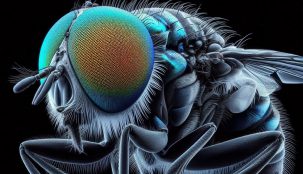Energy content of BSF larval substrates
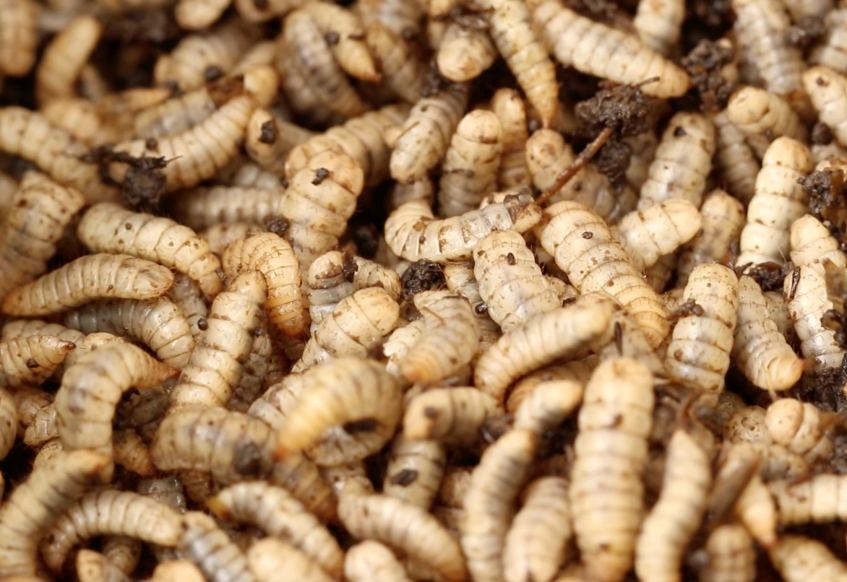
The energy content of larval substrates affects larval body weight.
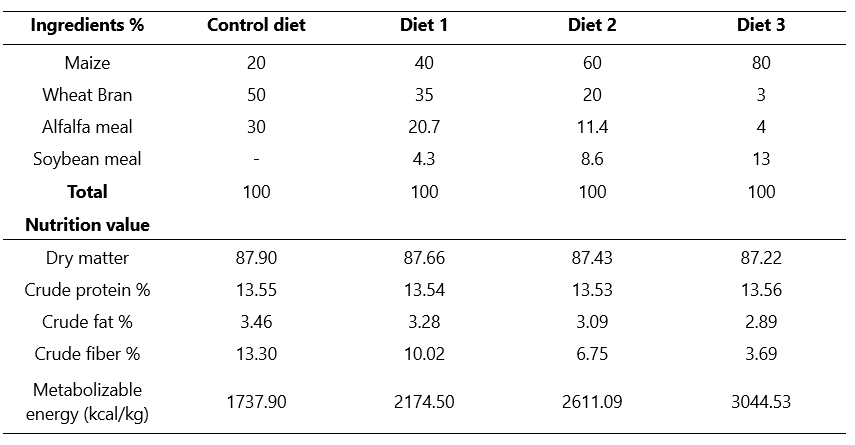
The body weights of larvae, prepupae, pupae, and adults reared on various diets are presented below.
Clearly, an increase in diet energy corresponds to an increase in body weight for each larval stage. Notably, the data confirms that females generally have larger weights than males.
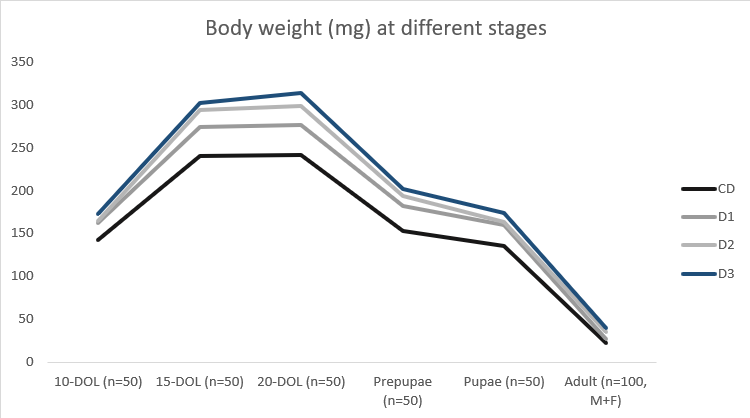
For each female, the data indicates that egg clutches typically consist of 817-1058 eggs, although it remains unknown whether all of them hatch. In numerous reports, a range of 620-700 eggs (or an average of 1001±247 eggs or simply 1060 eggs) per female has been consistently reported.
On diets categorized as CD-Diet 3, higher dietary energy leads to increased investment in reproduction and egg production. This is evident in the heavier egg clutches and greater egg numbers per clutch.

In conclusion, the data demonstrates a clear relationship between the energy content of larval diets and the body weight of larvae, as well as egg production at different developmental stages. To optimize BSF breeding, a semi-formulated diet as shown in our table with high energy might be necessary.
